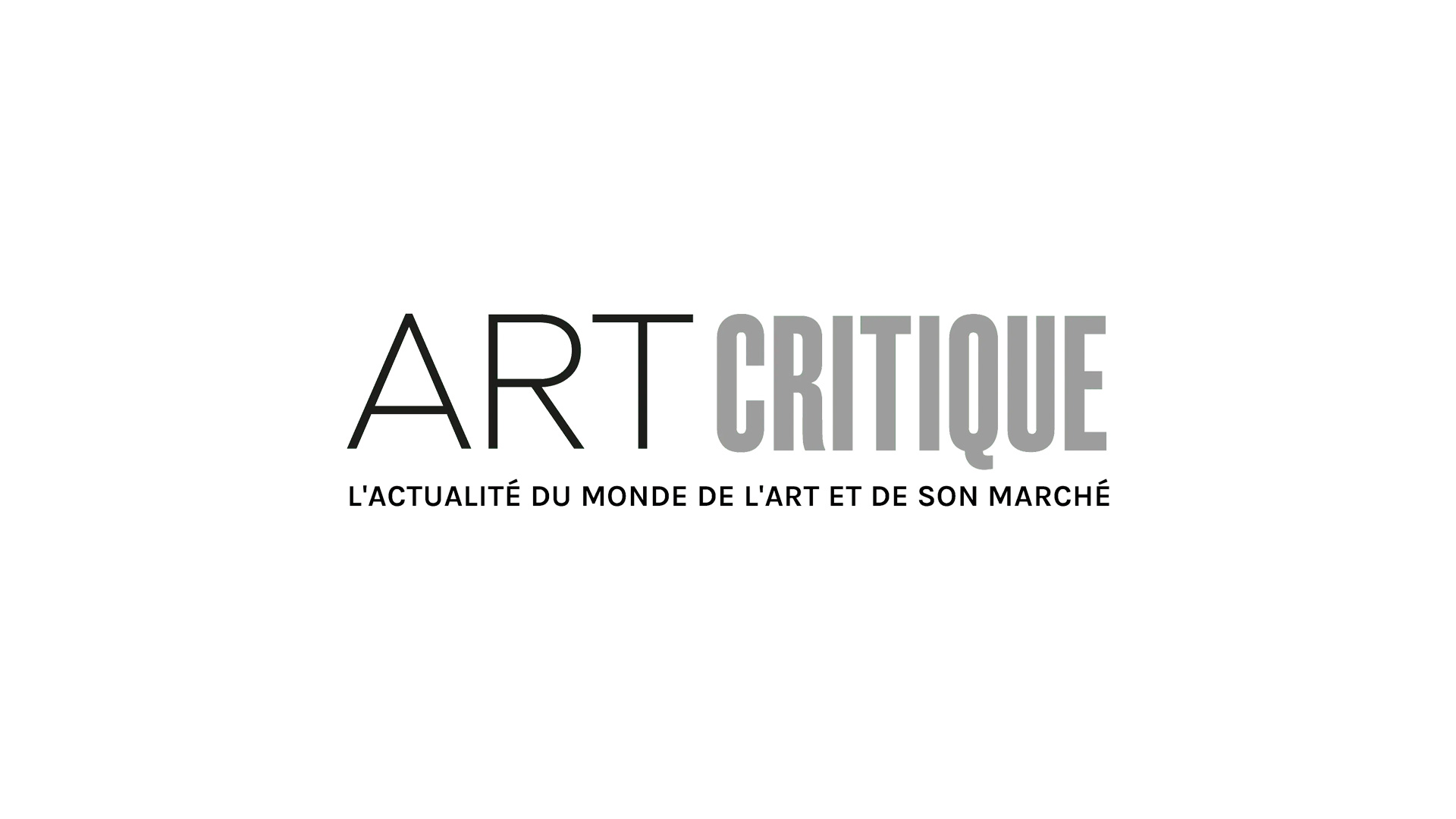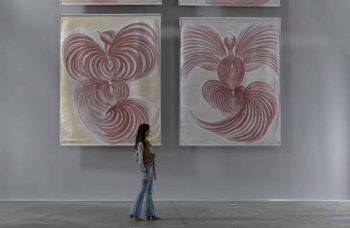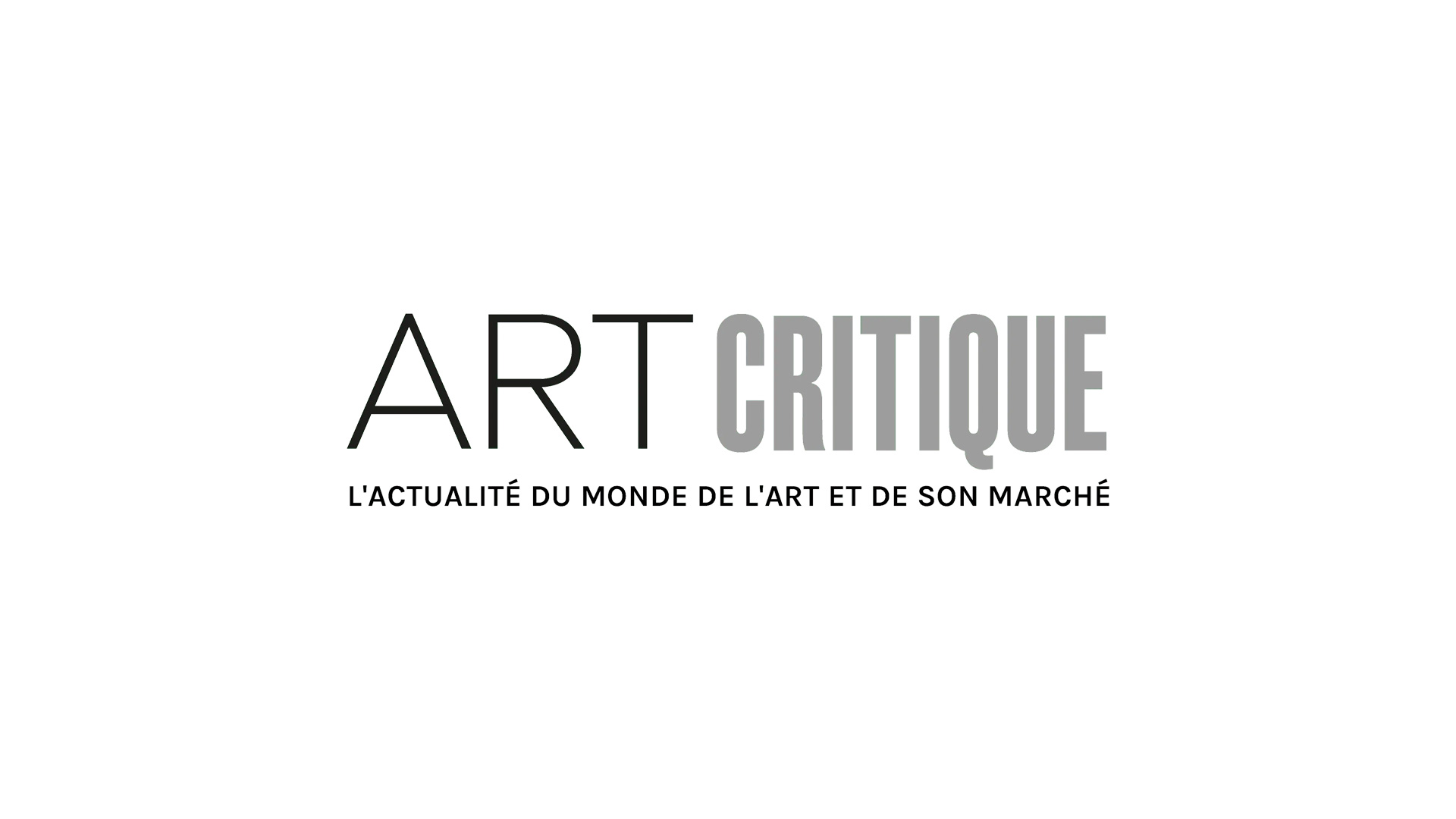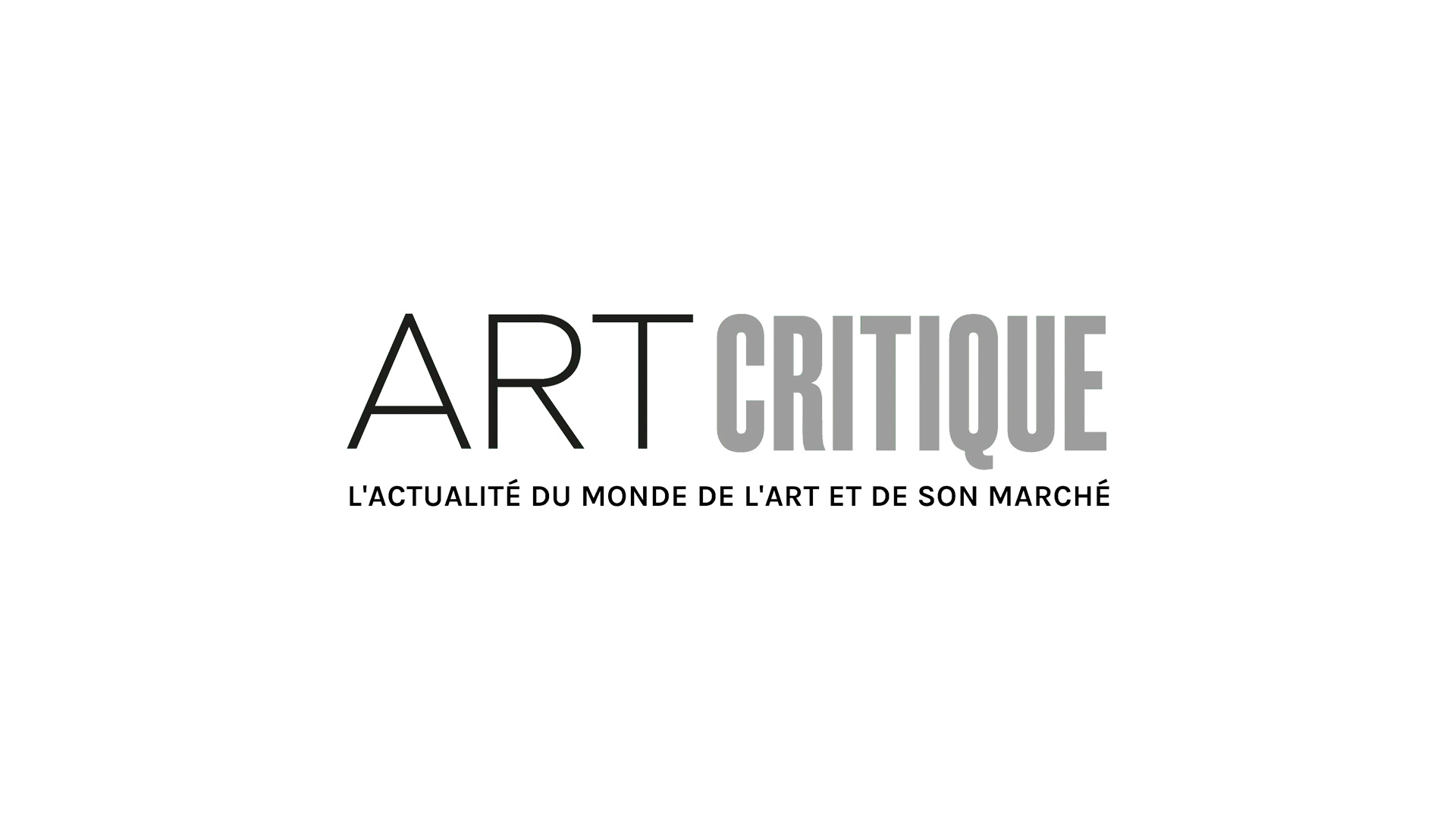Purpose of this lesson:
Art at home can seem impossible but it isn’t! For many artists, the things you’ll find at home are the perfect items to create art out of. So, for this art lesson, we’re looking at the history of the readymade and found objects. To do so, we’ll look at the humble beginnings of an art form that shaped artists of the 20th century and contemporary artists. From Dadaist to Young British Artists, you can see the influence of the readymade has had on the art world. Though both the readymade and found objects still raises eyebrows and leaves people to question – “Is it really art?” – they deserve consideration, even if you’re a staunch lover of Renaissance art. This lesson is geared towards developing a better understanding of the readymade and found object within art history. It is also, though, meant to remind us that the items we take for granted in our homes can be source of inspiration if not transformed into a piece of art itself.
This art lesson is for everyone. For seasoned art enthusiasts, it might be a reminder of what the readymade has done. For art teachers, this lesson could be applicable to both studio art and art history courses, particularly while we spend more time at home. As presented, this lesson is most appropriate for secondary/high school and university age students. However, it could be simplified to teach to younger students as well. If you’re a parent wanting to keep your child’s mind stimulated as we all experience these odd times, it could serve as a tool to get your child’s imagination going and get them curious about the objects in your house. The beauty of the readymade or the found object is that the possibilities are endless and it puts the power in your hands to become the artist.
Let’s Begin…
1) For this lesson we’ll start with an image. For older audiences, we’ll be looking at Tracey Emin’s My Bed (1998) but as it might be less appropriate for younger crowds, you could also begin with Marcel Duchamp’s Fountain (1917).
Both are quintessential examples of found objects and readymades that have sparked controversy and completely changed the game for artists. Once looking at the selected image, ask your students (or children or ponder it yourself!) these questions:
- What is this? Really dissect it – are these normal everyday objects?
- Why is this art? And why wouldn’t most consider your own unmade bed (or a urinal at school, for that matter) to be art, too?
- If you’re told this is art, why wouldn’t you agree? Why doesn’t it meet the criteria you’ve set for what art is?
2) Definitions to keep in mind:
- Authoritative voice: Within art, the authoritative voice is the person who makes the rules, so to speak, concerning an artwork, an artform, a medium, or the understanding of an artwork. The authoritative voice is not one person nor is it always singular person’s thoughts. It often shapes the general understanding of art.
- Objet trouvé: French for “found object.”
- a natural or man-made object, or fragment of an object, that is found (or sometimes bought) by an artist and kept because of some intrinsic interest the artist sees in it. (Tate Galleries)
- a natural or discarded object found by chance and held to have aesthetic value. (Merriam-Webster)
- Readymade:
- a term first used by French artist Marcel Duchamp to describe the works of art he made from manufactured objects. It has since often been applied more generally to artworks by other artists made in this way. (Tate Galleries)
- made beforehand especially for general sale; lacking originality or individuality; readily available. (Merriam-Webster)
3) The Lesson
Part I: Humble beginnings…
The roots of the objet trouvé can be traced back to the 16th century Wunderkammer, also known as the cabinet of curiosities. The Wunderkammer began as a way to show off the treasures of the royal family in Germany and eventually, it became a place to display items collected from various places to enlighten and improve the virtues of the owner. The cabinet of curiosities gained its name by being just that: a collection of items that were unusual, intriguing, beautiful, odd, and sometimes, even futuristic.

A cabinet of curiosities could be relatively small meaning it could be transported from place to place or it could encompass an entire room. Often, they included animal skeletons, goods from far-flung places (at least far-flung by Central and Western European standards), scientific marvels, automatons, and various other trinkets (usually relating to natural sciences) found or purchased through travels and procurement. Essentially, those curating a cabinet of curiosity shared a lot of similarities with someone who builds their own art collection.
The Wunderkammer and artwork including found objects are not one and the same. However, they have, since the 16th century crossed paths, as in the case of Digging the Thames – a 1999 artwork by Mark Dion in which items found in the Thames (including everything from plastic bottles to solitary shoes) were put in a cabinet of curiosities. Though there are examples of found objects becoming art predating the 16th century, the emergence of and interest in cabinets of curiosities laid early groundwork for the readymade.

Fast-forwarding a couple hundred years, we get to the first point in which a Western artist used a readymade and it stuck. That artist? Marcel Duchamp.
While Duchamp revolutionized the way we – and the art world – look at everyday items, it is worth noting that just a few decades before his Fountain rocked the world, Degas used a readymade in his only sculpture to ever be exhibited in his lifetime. Though Degas made dozens of sculptures, Little Dancer Aged Fourteen (1878-1881) was the only work to be shown by Degas and it wasn’t well-received. What’s notable about the work, though, is that it featured a bronze ballerina wearing an actual tutu. Thus, the line between making and choosing began to blur.
Other artists, including Picasso and arguably Edgar Degas, dabbled in the pool of readymades but, in 1917, Duchamp – or should we say R. Mutt – shocked everyone.
Part II: The Fountain
The readymade has deep roots but they hit their stride in the early 20th century. At the start of the 1910s, Duchamp, like a number of artists at the turn of the century, became interested in pushing the boundaries of art. Moving away from “retinal art,” Duchamp’s terms for traditional art, he wanted to test the limits of what art could be, which brought him to the readymade.

In 1917, Duchamp submitted The Fountain under the pseudonym “R. Mutt” to the Society of Independent Artists for an upcoming show. The society, which Duchamp was a member of, was confounded by the work and ultimately rejected the submission. Duchamp was so angered by the decision that he wrote an article in The Blind Man, a publication that he co-edited, defending the artwork. According to Duchamp, The Fountain was in fact art and should be seen as such because R. Mutt, the supposed artist, choose the readymade objects that became the artwork.
Thus, began the argument that readymade objects become art merely because an artist had chosen them as opposed to having created them. For some, contemporary art began with Duchamp and his approach to art, and in many ways, contemporary art, as well as nearly every art movements of the 20th century, has taken pointers from Duchamp, wrestled with similar notions, or rebelled against the institution of art history. Today, his readymades are still some of the most iconic works of readymade art and they still cause debate.
Part III: The readymade vs. the objet trouvé and their place in art history
Readymade objects and found objects can seem to be one and the same, and in some cases, they are. As with many aspects of art, the definition of the readymade and found object can vary depending on who you walk to; however, the main distinction comes down to the selection process and aesthetic quality.
If using similar guidelines as Duchamp, an objet trouvé is chosen for its inherent aesthetic appeal. A found object is determined to be interesting by the artist from the start and that is why it is selected. The readymade, on the contrary, is a mass-produced object that might not be aesthetically pleasing or interesting but is selected by the artist, thus transforming the object into art. For some, if a readymade is altered, it becomes a found object. By this logic, you could then argue that Fountain is actually a found object because it is slightly altered. Although, some argue that Duchamp’s Fountain was actually produced by Duchamp, therefore making it neither found object nor readymade, but that is an argument for a different time.
In nearly every movement since Duchamp’s time, artists have worked with readymades and found objects. This has led to major works of art that have changed the way we view art that critical when studying art history, let alone the readymade or the objet trouvé.

Associated with the Dada movement, himself, Duchamp’s works resonated with fellow Dadaists. Artist Man Ray was among those who often used readymades and found objects. The Gift, which consisted of an iron with 14 thumbtacks attached to the bottom of the iron. Intended to be a gift – hence its name – to the gallery owner for where it was exhibited, the work was one of many in which Ray used found objects and readymades.
Jackson Pollock, an Abstract Expressionist, took on the use of readymades in his own way. Within the splatter paintings we all know so well, you can find bits and pieces from Pollock. Full Fathom Five (1947), for example, includes cigarette butts, nails, buttons, a key, and other things that add to the biography of the painting. Though less overt and not always easy to spot, these items create depth in an unusual manner and its uncertain how many of them were intentional additions.
Louise Nevelson, a major female artist of the 20th century, was another pivotal artist working with found objects and readymades. Her sculptures, often painted in monochromatic schemes, typically consists of found objects. Accumulated into organized, imposing structures, Nevelson took furniture legs, pieces of metal, odds, and ends that are unrelated and made them one by historicizing their existence.
Monogram (1955-1959), which is among Robert Rauschenberg’s most famous works combines, rubbed the art world the wrong way, much like Duchamp’s Fountain. His combines (Rauchenberg’s own way to describe works that combined aspects of painting and sculpture) are another example of how readymades and found objects were adopted by artists like Rauschenberg during the mid-20th century. Monogram consists of a disused tire wrapped around a stuffed angora goat on top of a painting by Rauschenberg. It is as fascinating as it is whimsical, and hinges on the use of found objects.

As the 20th century charged forward to the 60s, Pop artists also made use of the readymade. Piero Manzoni challenged the notion of the readymade when in 1961, he allegedly canned his own feces to create Merda d’artista. “If collectors really want something intimate, really personal to the artist,” wrote Manzoni, “there’s the artist’s own ****. That is really his.” Like many of Manzoni’s works, Merda d’artista pushes boundaries even further by intertwining notions of the readymade with a critical view of art world collecting. That artwork, in particular, has raised brows ever since and in 2012, one of the cans sold for a whopping £103,250.
Andy Warhol, the king of Pop art, himself, toyed with the readymade creating art that was inherently mass produced. Meanwhile, Marisol Escobar, included objects like Coke bottles in her sculptures tying in day-to-day items.
Unsurprisingly, conceptual artists took to the readymade and found objects and they’ve have appeared in their works from the 60s and 70s through today. Damien Hirst is potentially one of the best-known conceptual artists who takes the readymade to a new level with his animals – often bisected – soaked in formaldehyde. Michael Craig-Miller’s 1973 An Oak Tree, though, pointedly toyed with the power of the artist by exhibiting a glass of water alongside a statement claiming that he had “changed” the water into an oak tree.

This just goes to show, that throughout the 20th and 21st century, you don’t have to search far and wide to find an artist working with readymades and found objects. Each time, they slightly adjust the boundaries of art all while keeping those who love art on their toes. Most recently, you can see this having happened when Maurizio Cattelan created Comedian (2019). The artwork, consisting of a banana taped to a wall was shown at Art Basel Miami, created a ruckus, two editions sold for $120,000 each, and one was ultimately eaten by David Datuna, a performance artist. The artwork, or stunt as some would call it, reinforced that artists will most certainly never tire of working against the art establishment and the art world will never stop responding to them.
Part IV: Reception
For decades, the use of readymades has confused and deterred artists and lovers of art. While some have fully embraced the items as materials, others have been more skeptical. For many, the age-old statement that “my five-year-old could do that” comes to mind when looking at a work like Tracey Emin’s My Bed. Her response to people who thought that, though, wad straight forward in defending her work, which in that case consisted of items literally taken from her room including her unmade bed. When My Bed was shortlisted for the prestigious Turner Prize in 1999, Emin’s work faced a lot of push back. “Well,” said Emin when criticism said anyone could’ve done it, “they didn’t, did they? No one had ever done that before.”
Emin’s sentiments touch on a vital issue with readymades: who has the authoritative voice. Many in opposition to the readymade would argue that the artist has to be of a certain status before they acquire the authoritative voice that made any mundane object art. This begs the question of how an artwork like My Bed would be accepted if created by a lesser-known artist. Perhaps Fountain has already shown us what happens when an unknown artist puts forth an unusual artwork. Alas, it is an argument with valid points to both sides, and yet another reason that the artform will likely stick around for centuries to come.

Another issue that the readymade has faced, are the traditions of art history. For many, and in many classrooms, the Renaissance is seen as a golden era of art, and one that set the bar for what are is. For those who see the order and finality of a work by da Vinci as the peak of art, wrapping your mind around a urinal set on its end or a banana taped to a wall is going to be difficult. The notion that one era of art is best, though, is something that many artists have revolted against in the past and today, as was the case with Duchamp and Fountain. Since most everyone has their favourite era of art, it is common and okay to believe that this art is better than that art. However, the 20th century introduced a number of ideas (and mediums) that were so novel and seemingly so different to past eras, that the readymade and the found object still fights to be appreciated on a larger scale.
What is wonderful about the readymade and found object, though, is that they inherently allow artists to respond to philosophical issues within the art world using things that are not traditionally viewed as art. They force “art,” along with its preconceived notions, on its head while taking the traditional dimension of art out of the question.
It is items like readymades and found objects that ensure that the art world will continue to debate and ponder over notions of what art is and has the capacity to be for centuries to come.
4) Notable works
5) Wrap up/Activity
The wrap up for this lesson can go a number of ways. If you’re reading this for yourself, have a go at finding items around your house that could be made into art – even if it’s just turning them on their side. Once you start looking at household items differently, you might be surprised at the number of things that could be art in another life (or in their present life!). Hopefully, a better understanding of readymades and found objects has made way for a better appreciation for art created in the last century.
If you’re a teacher remotely educating your art classes (or a parent with kids at home), have studio students do a similar project. Have them create art out of the objects in their house. Given that their parents might not be thrilled with the kitchen mixer becoming a sculpture, perhaps turn the project into a photography project documenting the temporary sculpture they created. They could create a still life, a stand-alone work, or a cabinet-style artwork, to name only a few paths that they could take. This will help them understand the art of choosing objects in order to create versus a traditional understanding of creating. For an art history course, have students delve into an aspect of the readymade or the objet trouvé in order to create an essay on the topic. They could chose a specific movement or artist for their essay or take a more philosophical or sociological take on the topic by examining the impact industrialization had on the readymade. Or, why the readymade was a welcome medium during times of unrest and turmoil. There are a number of ways such an essay could go, it is up to you to decide where the parameters will be.
In the very least, this art lesson has hopefully garnered more appreciation for the items we take for granted most, particularly while we’re around them most.
Resources:
The History of the Found Object in Art
Marcel Duchamp and the Readymade
Readymade and The Found Object – History and Concepts
The Quintessential Found Object Art Pieces
Wunderkammer: Cabinet of Curiosities
More Art Critique Art Lessons:
Art Lesson: The history of Art Deco
A Lesson in Restitution: diving into expropriated art, World War II, and beyond
A Lesson in Street Art: how a movement morphed out of graffiti and into the art world, Part I, Part II, and Part III



















